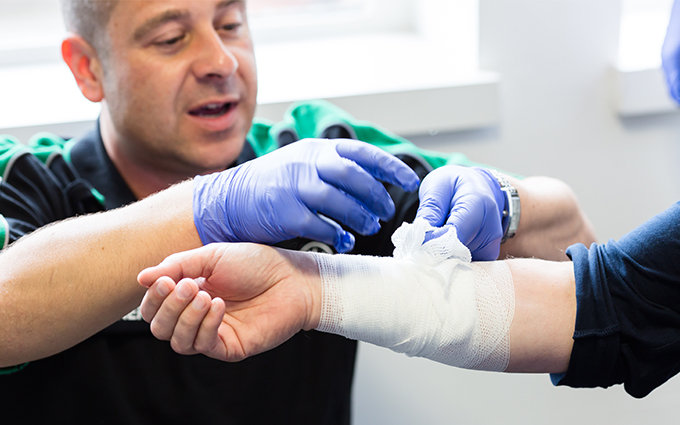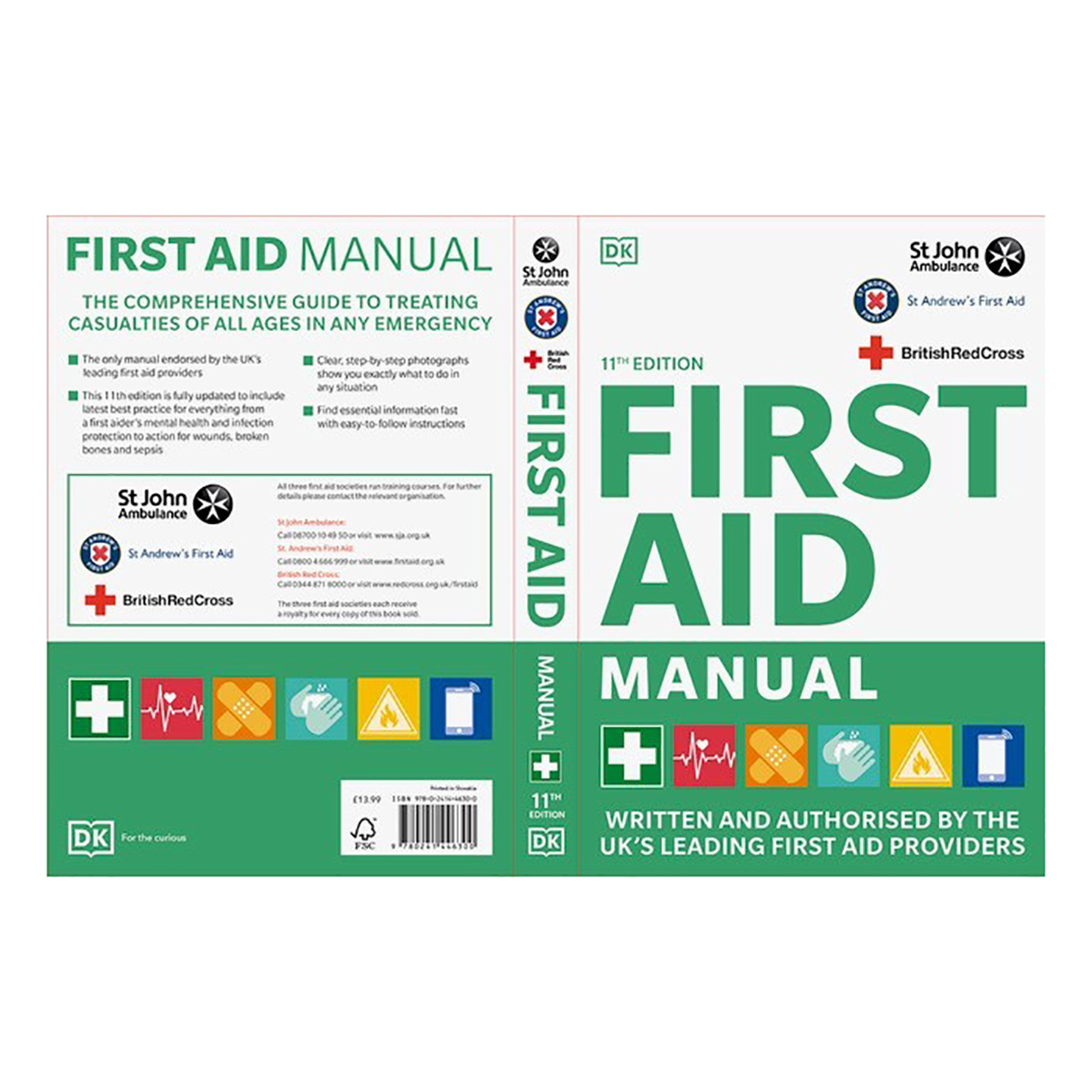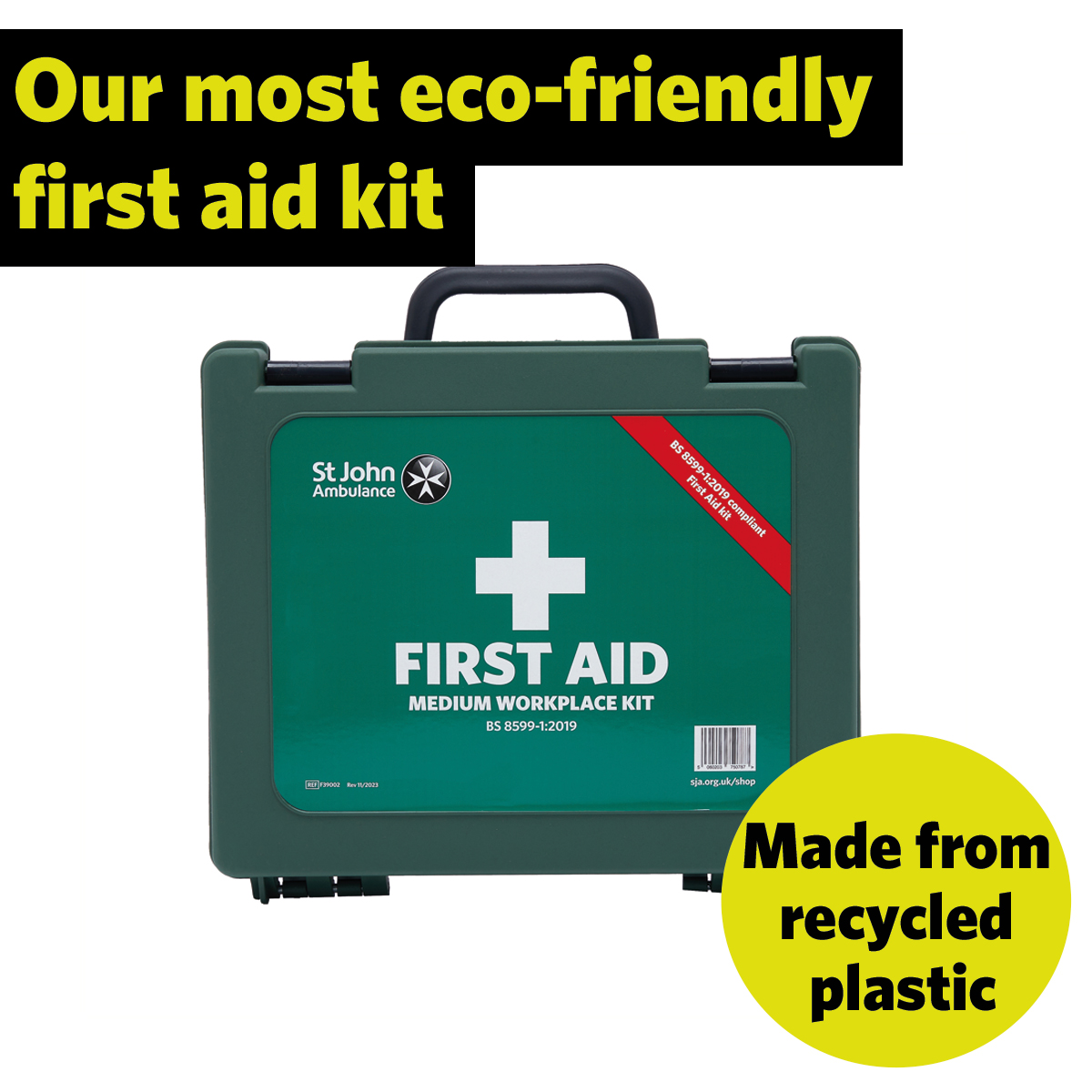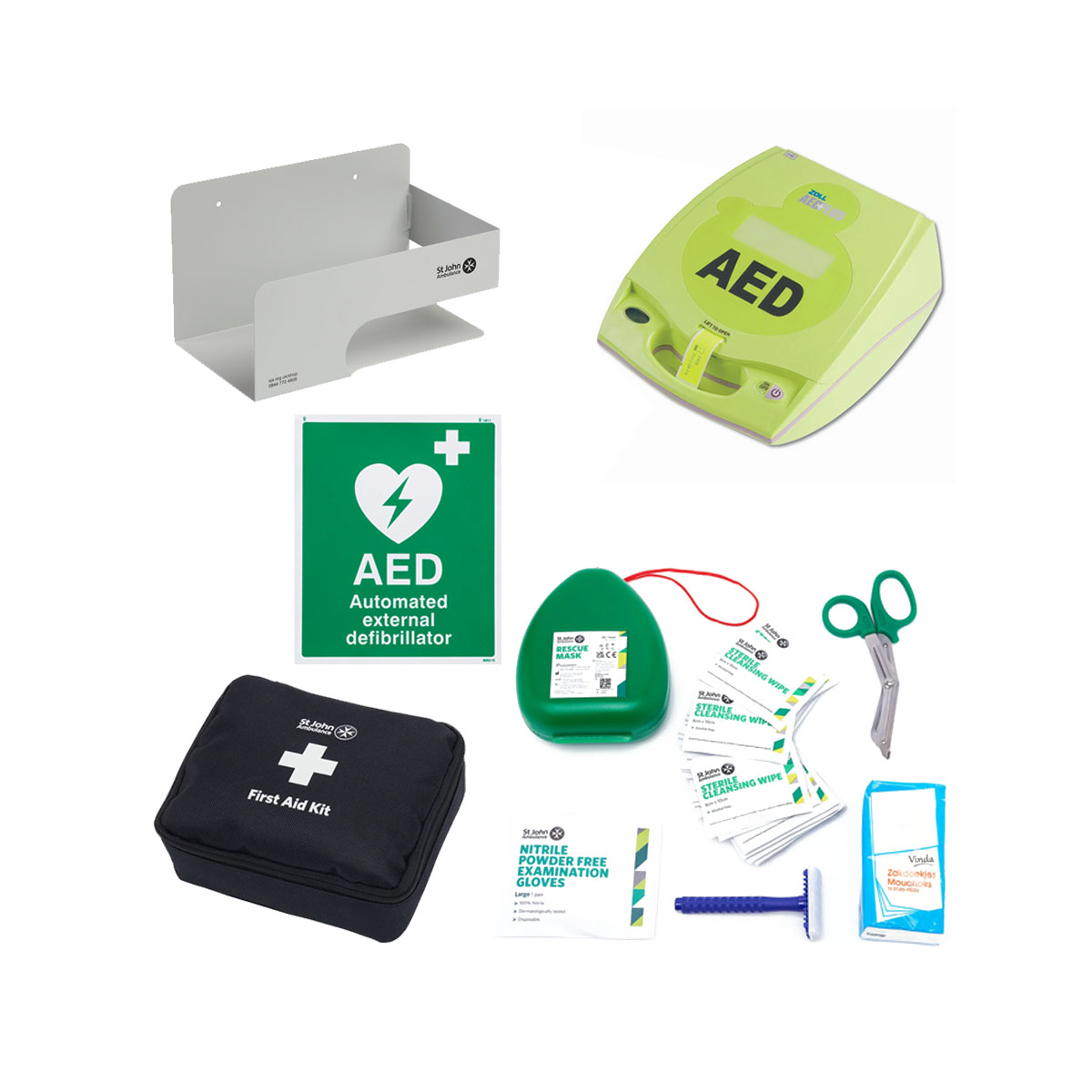Published: 17th Febuary 2025.
Last updated: 17th Febuary 2025.
Author: Cara Sherratt.
Contents
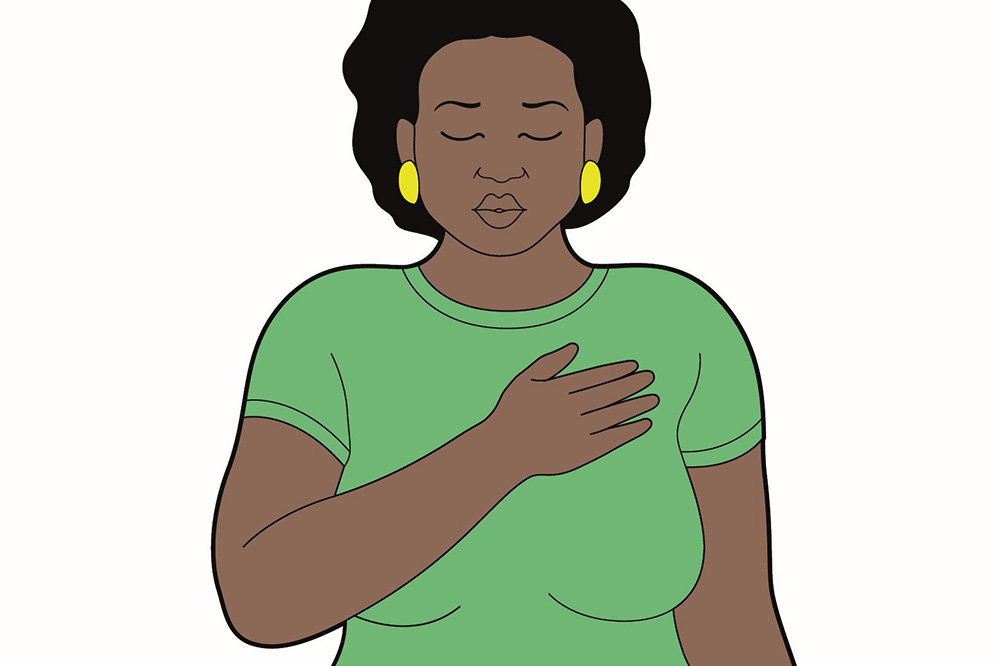
Heart month 2025 aims to raise awareness of the importance of looking after your heart, and how to spot the signs that something might not be right. According to BHF, in England, over 6.4 million people are living with a heart circulatory disease, while heart and circulatory diseases causes just over a quarter (26 per cent) of all deaths in England; that’s over 140,000 deaths each year – an average of 390 people each day or one death every four minutes. With these statistics in mind, it’s essential that individuals are aware of how to spot the warning signs of heart attacks, so you can get help as quickly as possible.
Join us as we take you through just 8 of the potential warning signs of chest pain that suggests you need to seek urgent medical attention.
Chest Pain
Chest pain can come in various forms, it is often severe but, in some people, can present as more minor pain, similar to the feeling of indigestion. While a warning sign of chest pain can include a feeling of heaviness or pressure across your chest, others may experience a tightness or squeezing.
Pain Elsewhere in the Body
Although the most common symptom is chest pain, it may not be the only part of the body that you could feel discomfort. If you feel as though your pain is spreading from your chest into your arms (particularly the left arm or shoulder), jaw, neck, back and tummy, then this could signal that something more serious could be going on.
Lightheadedness or Dizziness
Another warning sign to look out for when experiencing chest pains are feelings of lightheadedness or dizziness. Some might describe the feeling as “being woozy” or compare it to feeling faint. Take a moment to assess if you feel unsteady or have trouble keeping your balance.
Sweating
If a person with chest pain is visibly sweating, or feels as though they are, it could be a sign of a more serious issue. Make sure you take this into consideration when deciding the appropriate action to take.
Shortness of Breath
Take note of any shortness of breath in conjunction with chest pain. This includes if a person is having difficulty breathing, is taking short, shallow breaths or is shorter of breath than usual.
Nausea or Sickness
Nausea can be a common side effect to a wide range of illnesses or afflictions, but when paired with chest pains can signify something is seriously wrong. Feeling sick or being sick and vomiting is a warning sign that should be taken seriously.
Anxiety or Panic
Some people experiencing heart attacks often describe being overcome with a feeling of anxiety, panic or sense of doom. Similar to the natural fight or flight response to trauma in the body, a person could present with symptoms that resemble a panic attack.
Coughing and Wheezing
Lastly, coughing and wheezing when combined with other warning signs can be a warning sign of an urgent heart condition. Look out for coughing, or a shrill whistle or course rattle coming from the airways. Wheezing is usually more apparent when a person exhales and can often be heard without the use of a stethoscope.
If you’d like to learn more about how to spot the warning signs of heart or other medical issues, check out our free online resources or join a course today.
Learn how to spot the signs of a heart attack or cardiac arrest – and the differences between the two, how to correctly perform CPR and restart a heart with our comprehensive first aid and defibrillator training courses.
We equipped over 150,000 people in 2024 with the life-saving skills through our first aid courses, sign up today for your Emergency First Aid at Work or First Aid at Work 3-day course to join the cause. Or, if you’ve previously been first aid qualified, ensure your knowledge and certificate is up to date with our First Aid at Work Annual Refresher or Requalification courses.
Additionally, we sell a range of products that are designed to assist in delivering first aid at home, or at work. The chance of survival following a cardiac arrest increases significantly when resuscitation is combined with the use of a defibrillator. Ensure your workplace is fully stocked with the first aid, or potentially lifesaving equipment and update your kit today.
Sources
https://www.mayoclinic.org/
https://www.nhs.uk/conditions/heart-attack/symptoms/




